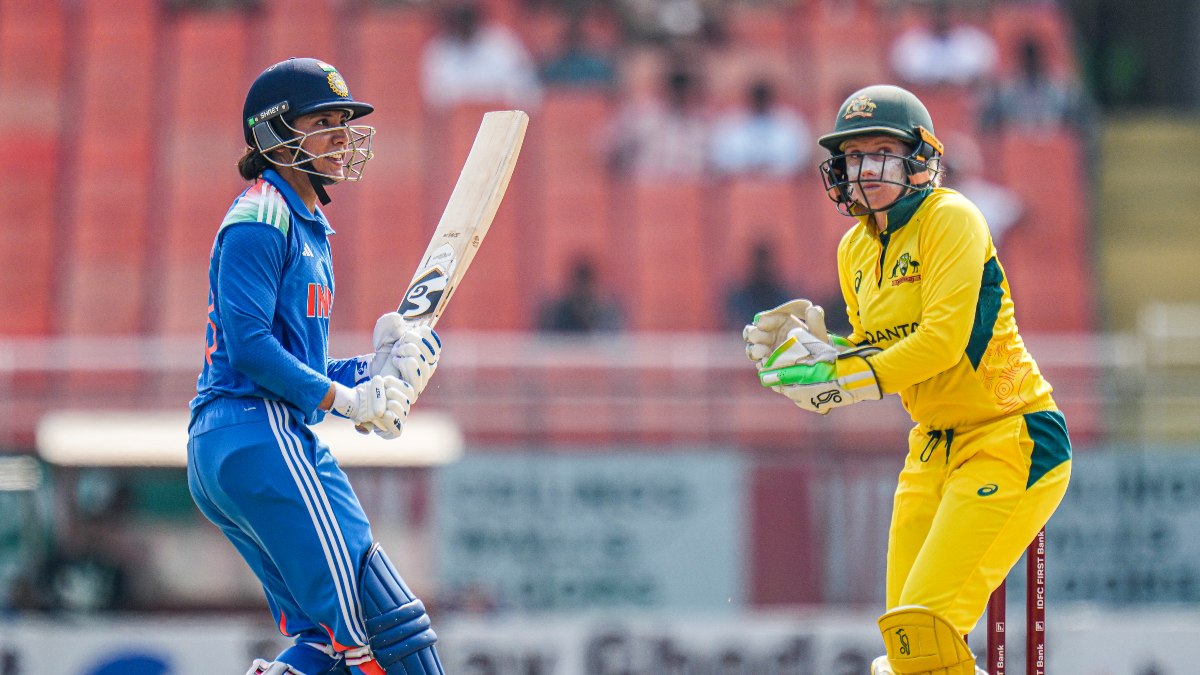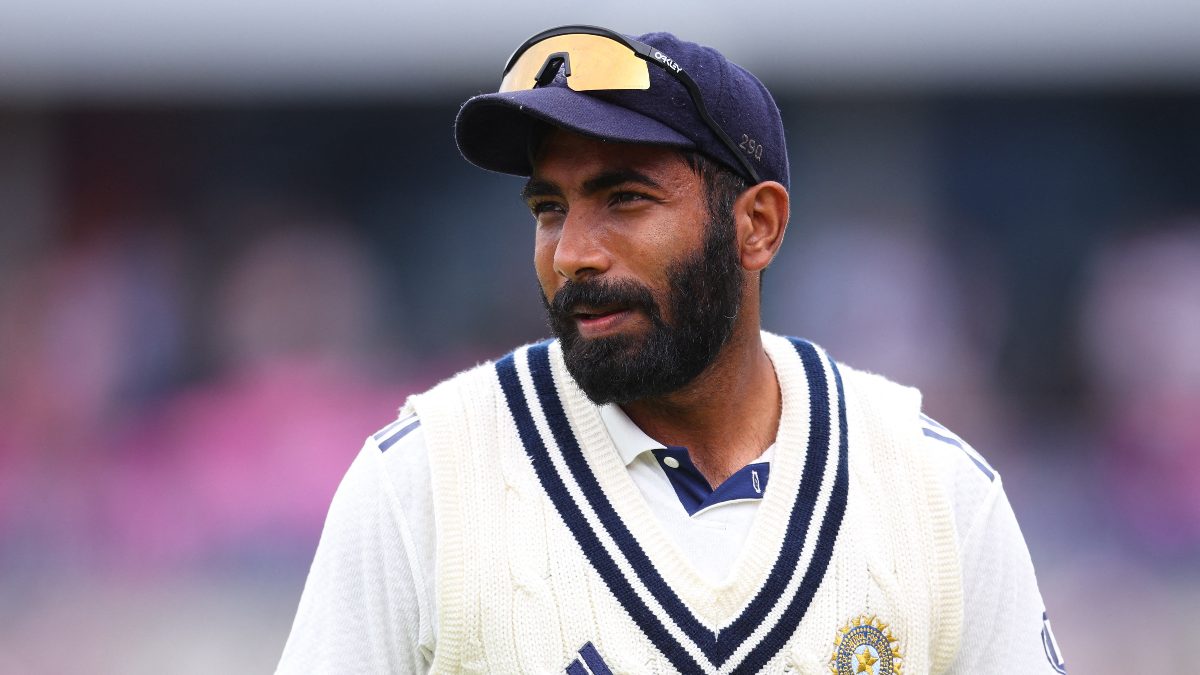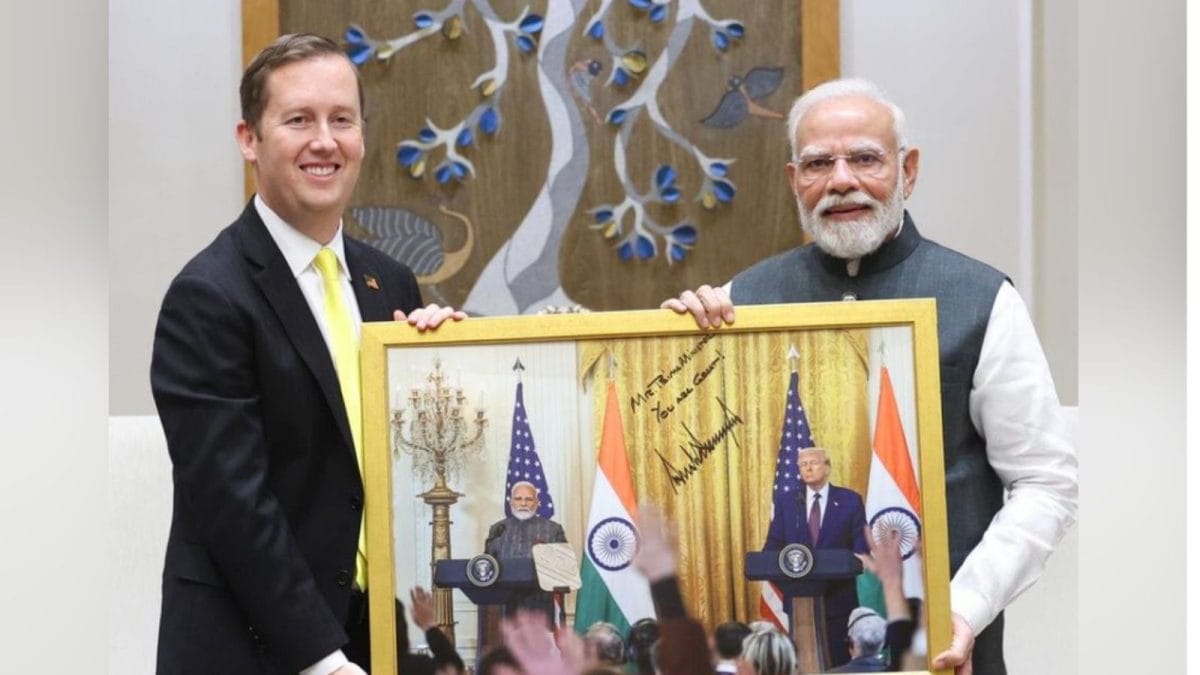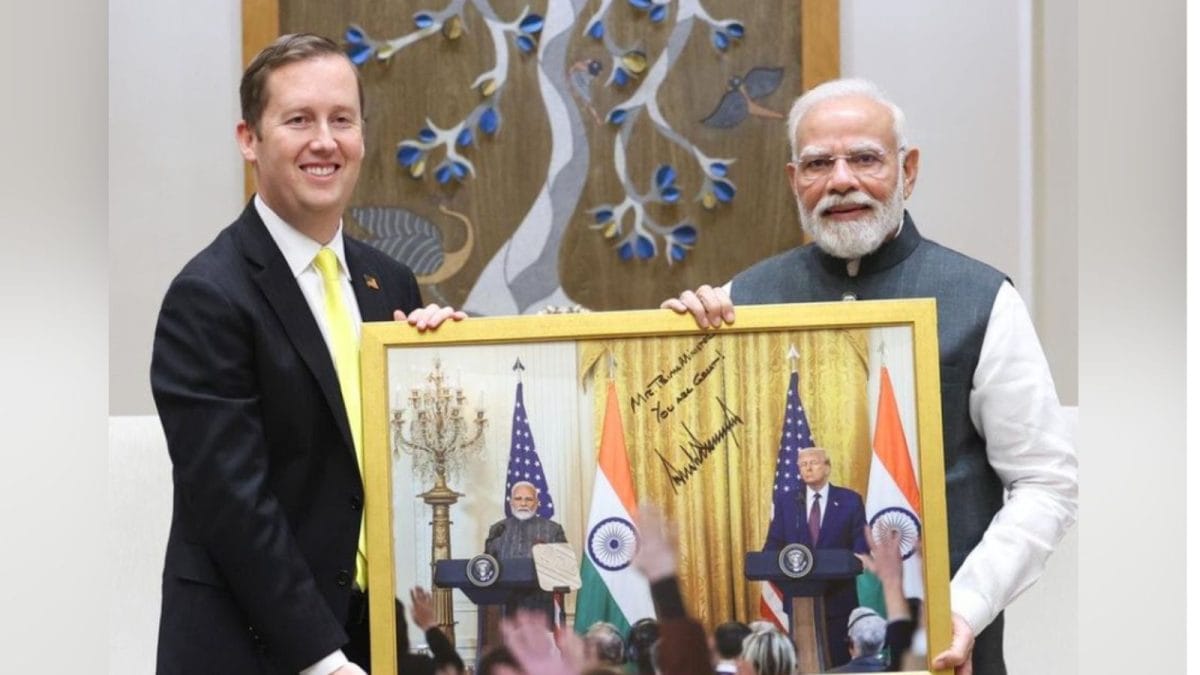8pm IST on Thursday was a good time to be an Indian women’s cricket team fan. They were playing South Africa. They had recovered from yet another collapse and their batting depth, discussed more than once at this Women’s World Cup, shone through, with Richa Ghosh, batting at number eight, scorching her way to 94.
Kranti Gaud, preferred to Renuka Singh, had made early inroads with the ball too, which included a scintillating return catch to send Tazmin Brits - arguably the in-form century-maker in world cricket - back.
Amanjot Kaur, whose all-round brilliance has already bailed India out at the tournament, also popped up with a scalp. The spinners then tightened the noose around the South African batters, and with India reducing them to 81-5, two points and a place at the top of the table beckoned.
But then, things began to change. Not immediately. Not the sort that leaves teams shell-shocked instantly. But of the slower-burn variant. Laura Wolvaardt kept ticking along, getting herself to fifty and her side to relatively quieter shores, with Chloe Tryon, a handy all-rounder in her own right, doing the needful at the other end.
Wolvaardt fell with the asking rate climbing, and that is when things, rather than ascending, started unraveling for India. That wicket brought Nadine de Klerk to the crease and the rest, as they say, is history. One that South Africa and their fans will play on loop, but one that India, if given a chance, would want to alter and bend to their liking.
Impact Shorts
More ShortsThat, of course, cannot happen. What India can do, though, is show and prove that they have learnt from what unfolded. At the same venue. Perhaps with even more people thronging into the stadium. And with the champions of the world, who also happen to be almost every team’s kryptonite, lying in wait.
Facing Australia in a World Cup a vastly different challenge
Beating Australia is never easy. India, in fact, had gone through an 18-year period where they did not win a single home ODI against Australia. That barren run was only snapped a month ago in Mullanpur, where India, defending a total, thrashed Australia and handed them their biggest-ever defeat. And while that obviously offers a very recent and prudent precedent, India may be in a much different headspace now.
For starters, this is not a bilateral series. Though India were in series-saving territory on that day in Mullanpur too, the implications here, at a home World Cup, will be a teensy bit greater. Not to mention that after de Klerk’s heroics, India might have a huge selection headache to contend with.
So far, they have tended to field five frontline bowlers, which includes Amanjot. That has left them a little light in that department and that is no blot on Amanjot or her ability with the ball. In truer batting conditions, which Vishakhapatnam might throw up, teams simply need a trustworthy sixth-bowling option. Harmanpreet Kaur and Pratika Rawal can roll their arm over, but the former, if she calls upon herself, would be battling rust, with the latter quite inexperienced.
Then there is the question of how many runs may be enough. Australia, in two matches batting first, have shown some vulnerability, often losing wickets at regular intervals and against Pakistan, in clumps. But setting a total against them would still involve taking into account their batting depth (Alana King, normally carded at 10, is coming off a half-century), and might require India to aim higher than what they would have ordinarily done.
A myriad of issues for the Women in Blue
That presents a challenge in itself because, spoiler alert, India’s top order has not come to the party yet. Smriti Mandhana, who has very fond memories of playing Australia lately, is averaging 18, and striking at just over 70. Harleen Deol and Pratika Rawal have scored a few more, but their propensity for consuming dot balls has not abated. Jemimah Rodrigues and Harmanpreet have also not gotten going yet.
And while the lower order has pulled its weight, and done most of the top and middle order’s heavy lifting, that could come unstuck against Australia. Because, well, their bowling intensity might not let up, and even if a resurrection act is completed by India, it would not give them the above-par total they may need.
So, India, pretty much, might have to put together the perfect game. And that is what beating Australia usually demands. Which is also the sort of pressure most teams buckle under, and India could be the latest to meet that fate on Sunday.
Or…
India could just stride out, play without fear and play as if they own the place, and illustrate that even though they may have hit a roadblock, this is still their race to control and quite possibly, their race to win. And that is why this match, despite the challenges, comes at probably the most opportune moment for India.
They will not need any further motivation. They will not need someone to wake them up, get them out of their rooms and help them trudge to the ground. Nor will they require someone to tell them the importance - of not just playing Australia in the Women’s World Cup, but also beating them.
At a crucial juncture of a home World Cup campaign
World Cups, quite often, hinge on moments and are defined by it. Moments that may not have been planned, but moments that mandate a certain side seizes them. India are at that crossroads, aware of what may happen if things do not go to plan, but also knowing how dramatic an injection of belief and momentum this could be.
India-Australia was always supposed to be a game of significance. India, being the contenders to the throne; Australia, guarding it with their unmissable combination of power and nous, and also yearning for another chapter in their folklore. And it still is that way.
It was meant to be a red-letter day. One way or the other. A game that would either push India forward as the outright challenger, or make them drift apart and make them and others wonder how far they must go to outlast Australia. No changes there either.
But after what happened in Vishakhapatnam, it has also become a game of potential consequence. A contest that could, especially if India lose, plunge them into the sort of chaos they would have wanted to veer clear of at a home World Cup, and often makes teams crumble, with an unbearable and unescapable feeling of their campaign caving in.
However, if India win, they will cast aside the memories of what went down against South Africa, and make this Indian team and by extension, an entire nation, believe that destiny, despite the blip, is still very much within grasp.
Around primetime on Thursday, the mood, from heading towards a crescendo, plummeted. On Saturday, that has morphed into a blend of nervous anticipation but also hopeful expectation. And by late Sunday evening, India and their fans will hope it transforms into something more cacophonical and joyous. Like Thursday was perhaps meant to be. And like how they will want the rest of this campaign to be too.


)

)
)
)
)
)
)
)
)



